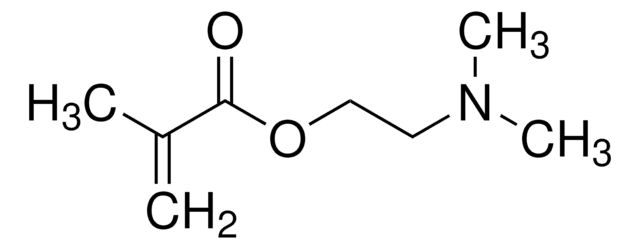274135
N,N-Dimethylacrylamide
99%, contains 500 ppm monomethyl ether hydroquinone as inhibitor
Synonym(s):
2-Propenamide
About This Item
Recommended Products
Quality Level
Assay
99%
form
liquid
contains
500 ppm monomethyl ether hydroquinone as inhibitor
refractive index
n20/D 1.473 (lit.)
bp
80-81 °C/20 mmHg (lit.)
density
0.962 g/mL at 25 °C (lit.)
SMILES string
CN(C)C(=O)C=C
InChI
1S/C5H9NO/c1-4-5(7)6(2)3/h4H,1H2,2-3H3
InChI key
YLGYACDQVQQZSW-UHFFFAOYSA-N
Looking for similar products? Visit Product Comparison Guide
General description
Application
- Synthesis of poly(N,N-dimethylacrylamide) (PDMAA) nanoparticles which are used in biomedical and drug delivery applications.
- Use as a co-monomer in the synthesis of thermoresponsive polymers used in smart coatings, adhesives, and sensors.
- As a reactive diluent in the manufacture of UV-cured coatings and inks.
- Use as a co-monomer with polyethylene glycol dimethacrylate (PEGDMA) and a chitosan derivative to develop an injectable hydrogel that can be used as a bone tissue engineering matrix.
- A series of DMMA-based hydrogels for the removal of heavy metals and organic dyes from polluted water. These hydrogels are highly efficient in removing cationic dyes due to electrostatic interaction and hydrogen bonding in the DMMA backbone.
- Non-toxic luminescent carbon dot/poly(DMMA) nanocomposite via surface-initiated reversible addition-fragmentation chain transfer polymerization.
- Polymer coating for quartz crystal microbalance(QCM) sensor. The poly(DMMA) gel acts as a sensing material to adsorb Au(III) ions from HCl aqueous solution and it is inactive to most other metal ions and organic compounds.
Features and Benefits
- It is an appropriate precursor for copolymerization due to its low initiation temperature and high reactivity.
- Its unique structure forms a 3D network and improves the water retention capacity of hydrogels.
- It is highly soluble in water.
- It can easily bind to colloidal particles to enhance the bridging effect which plays a key role in flocculation.
Signal Word
Danger
Hazard Statements
Precautionary Statements
Hazard Classifications
Acute Tox. 3 Dermal - Acute Tox. 3 Oral - Eye Dam. 1
Storage Class Code
6.1C - Combustible acute toxic Cat.3 / toxic compounds or compounds which causing chronic effects
WGK
WGK 1
Flash Point(F)
158.0 °F
Flash Point(C)
70 °C
Personal Protective Equipment
Choose from one of the most recent versions:
Already Own This Product?
Find documentation for the products that you have recently purchased in the Document Library.
Customers Also Viewed
Articles
The manufacture of monomers for use in ophthalmic applications is driven by the need for higher purity, improved reliability of manufacturing supply, but ultimately by the need for the increased comfort, convenience, and safety of contact lens wearers. Daily wear contact lenses have the potential to fill this need for many customers; however, their widespread use is constrained by higher costs compared to weekly- or monthly-based lenses. New approaches that improve cost structure and result in higher quality raw materials are needed to help make contact lenses more affordable and accelerate growth of the contact lens market.
Our team of scientists has experience in all areas of research including Life Science, Material Science, Chemical Synthesis, Chromatography, Analytical and many others.
Contact Technical Service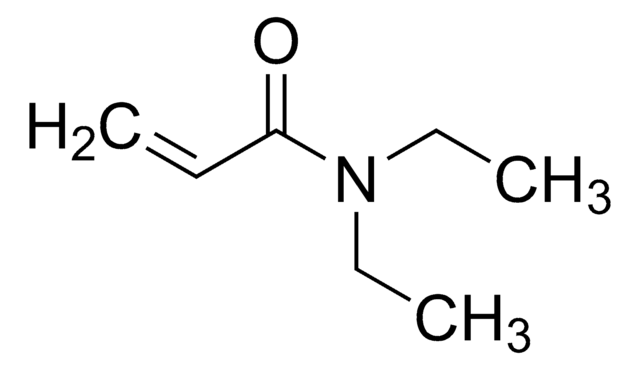

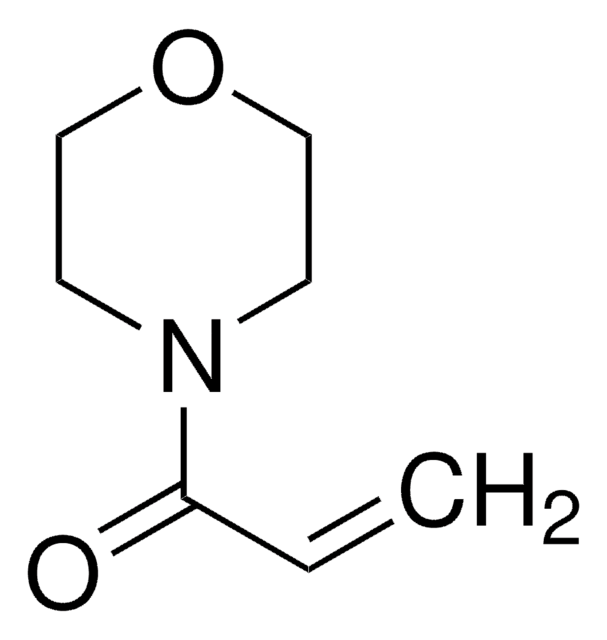


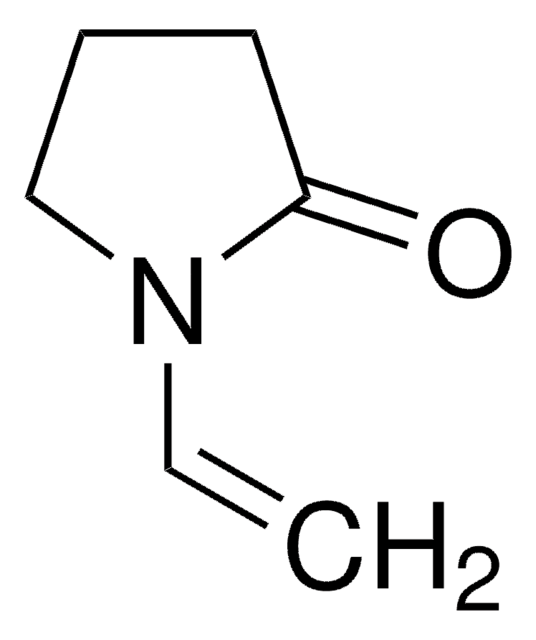
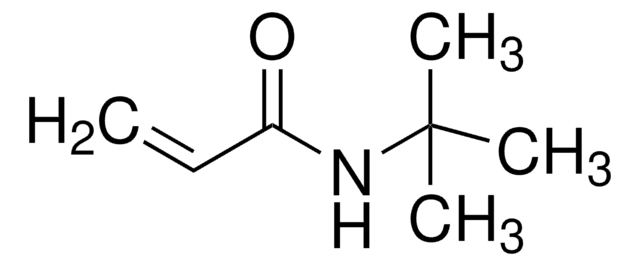





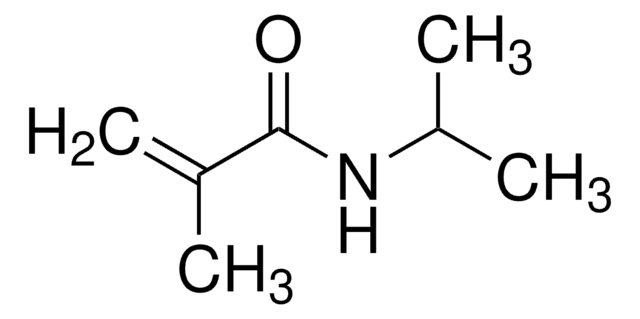


![N-[3-(Dimethylamino)propyl]methacrylamide 99%, contains MEHQ as inhibitor](/deepweb/assets/sigmaaldrich/product/structures/295/145/6b4aae15-7cb5-4b7b-9c06-8e6d24e50951/640/6b4aae15-7cb5-4b7b-9c06-8e6d24e50951.png)
![3-[Tris(trimethylsiloxy)silyl]propyl methacrylate contains MEHQ + HQ as stabilizer, 98%](/deepweb/assets/sigmaaldrich/product/structures/148/664/33ff5116-f264-4a64-824a-009c2ca5b2b3/640/33ff5116-f264-4a64-824a-009c2ca5b2b3.png)
